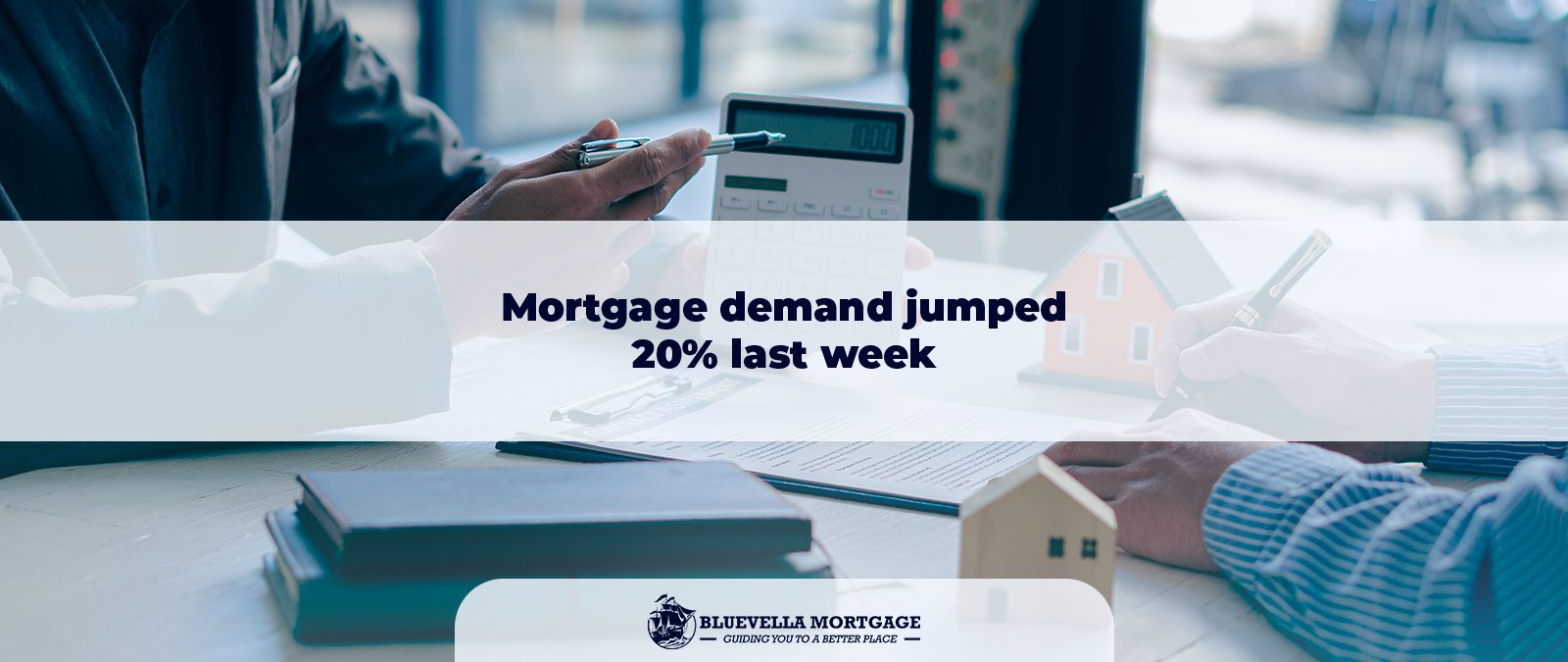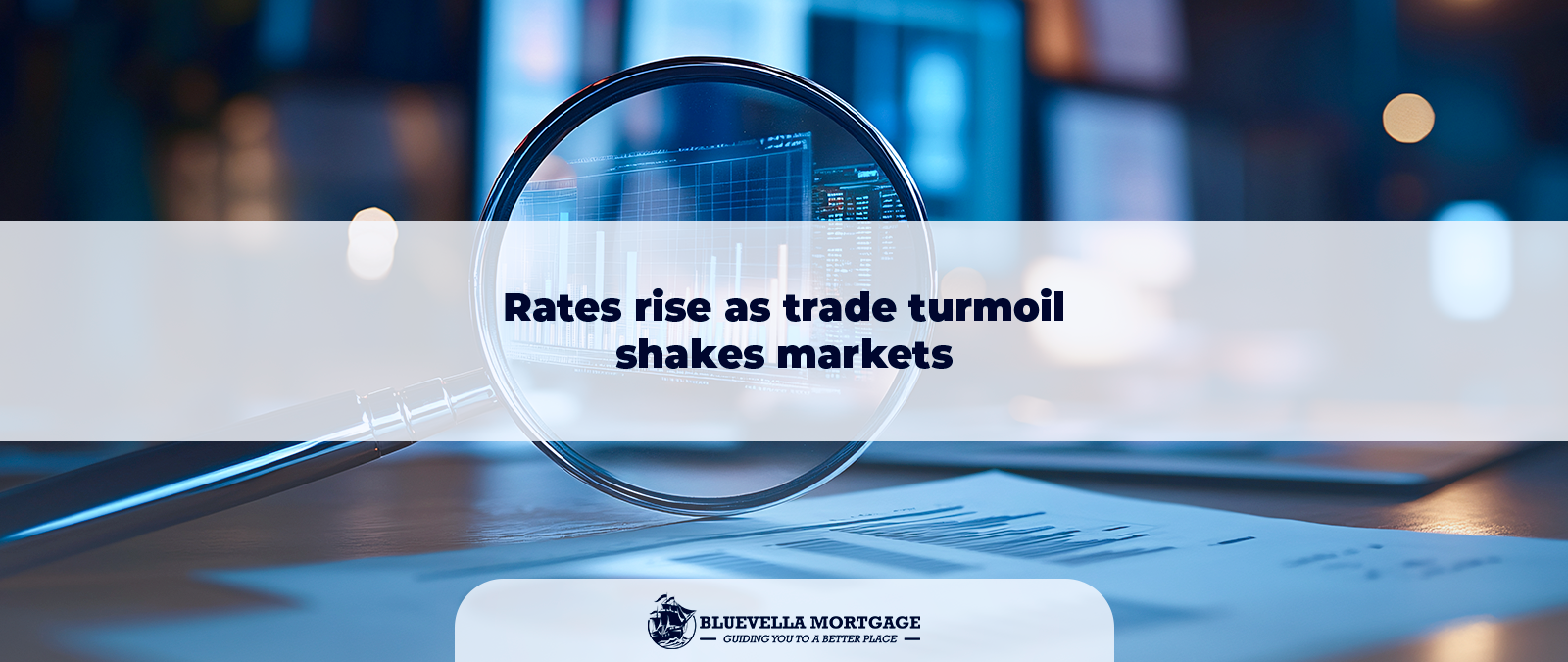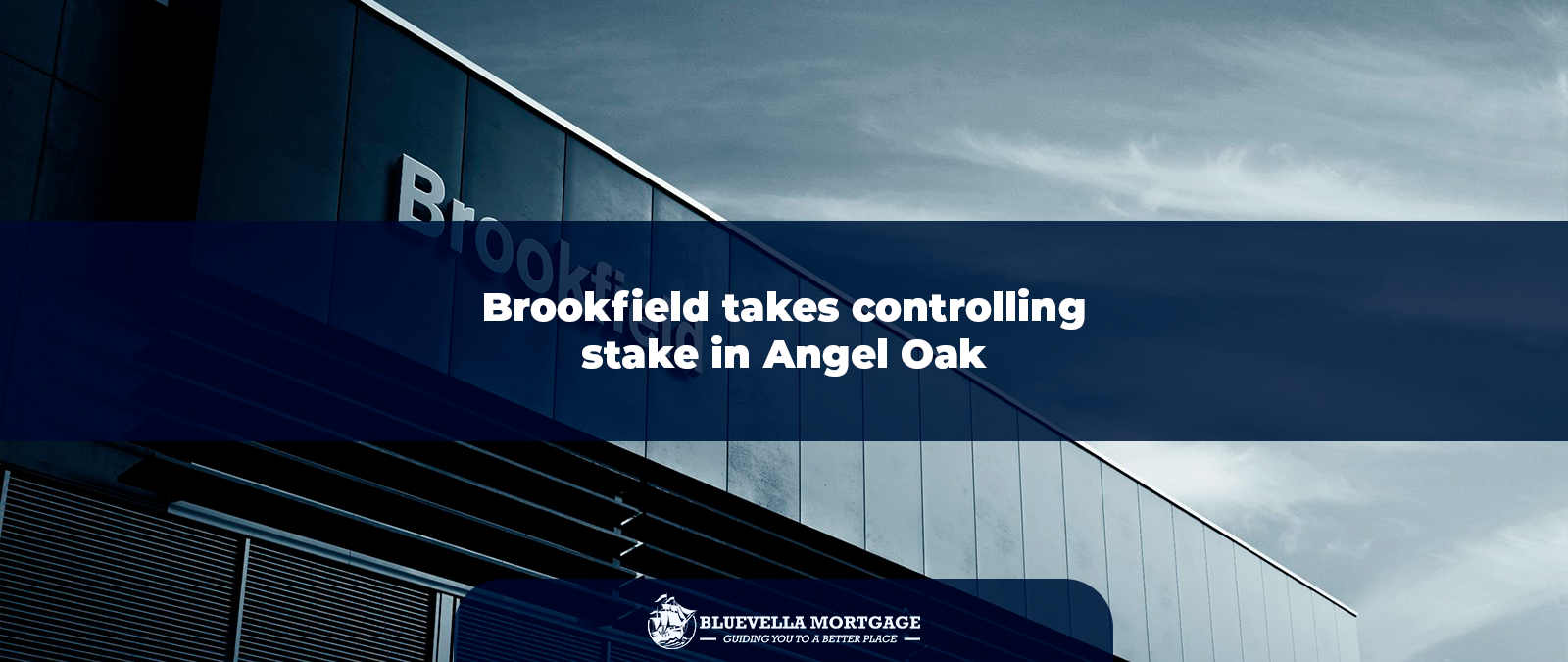
MBA warns of foreclosure spike as VA discontinues VASP
Introduction to Foreclosure Trends – MBA The current landscape of foreclosure rates in the United States presents a complex and concerning picture, particularly in light

Introduction to Foreclosure Trends – MBA The current landscape of foreclosure rates in the United States presents a complex and concerning picture, particularly in light

Introduction to Mortgage Demand Trends The housing market often serves as a barometer for the overall economic climate, with mortgage demand reflecting the prevailing conditions

Introduction to Tariffs and Their Economic Impact Tariffs can be defined as taxes imposed by a government on imported goods and services. Their primary function

Introduction to Market Dynamics The current state of global markets is characterized by heightened volatility, driven by a complex interplay of various factors. Trade tensions

Introduction to Mortgage Applications Mortgage applications represent a critical component of the housing market, serving as the initial step for individuals seeking to purchase real

Introduction to the Acquisition The recent acquisition of Mr. Cooper Group by Rocket Company marks a pivotal moment in the financial landscape, particularly within the

Introduction to Brookfield and Angel Oak Brookfield Asset Management is a leading global alternative asset manager with a diverse portfolio in real estate, renewable energy,

Introduction to the Dispute In a significant legal development, RealPage, a leading provider of property management software and rental services, has initiated a lawsuit against

Introduction to Mortgage Rates Mortgage rates are the interest rates charged on loans used to purchase real estate, primarily residential properties. The determination of these

Introdução ao Mercado Imobiliário dos EUA O mercado imobiliário nos Estados Unidos é vasto e diversificado, refletindo uma mistura de culturas, economias e estilos de

Introduction to Foreclosure Trends – MBA The current landscape of foreclosure rates in the United States presents a complex and concerning picture, particularly in light of recent warnings issued by the Mortgage Bankers Association (MBA). As the economic impacts of various factors come into play, understanding the intricacies of foreclosure

Introduction to Mortgage Demand Trends The housing market often serves as a barometer for the overall economic climate, with mortgage demand reflecting the prevailing conditions and sentiments among potential homebuyers. In recent weeks, an observable surge in mortgage applications—recorded at a striking 20% increase in just one week—has captured the

Introduction to Tariffs and Their Economic Impact Tariffs can be defined as taxes imposed by a government on imported goods and services. Their primary function is to make foreign products more expensive and thereby encourage consumers to purchase domestically produced goods. This tax mechanism influences trade policies and balances the

Introduction to Market Dynamics The current state of global markets is characterized by heightened volatility, driven by a complex interplay of various factors. Trade tensions between major economies, particularly the United States and China, have created uncertainties that ripple through financial systems. Tariffs and trade restrictions not only affect the

Introduction to Mortgage Applications Mortgage applications represent a critical component of the housing market, serving as the initial step for individuals seeking to purchase real estate or refinance existing loans. The process involves potential borrowers submitting a formal request to lenders, detailing financial information crucial for obtaining financing. This includes

Introduction to the Acquisition The recent acquisition of Mr. Cooper Group by Rocket Company marks a pivotal moment in the financial landscape, particularly within the mortgage industry. This monumental deal, valued at approximately $9.4 billion, signifies not only a substantial financial transaction but also a strategic move that reshapes market

Introduction to Brookfield and Angel Oak Brookfield Asset Management is a leading global alternative asset manager with a diverse portfolio in real estate, renewable energy, infrastructure, and private equity. Founded in 1899, Brookfield has evolved remarkably, establishing a strong presence around the world. With over $600 billion in assets under

Introduction to the Dispute In a significant legal development, RealPage, a leading provider of property management software and rental services, has initiated a lawsuit against the city of Berkeley, California. The core of this dispute centers around Berkeley’s controversial ban on rental algorithms. These algorithms are used widely in the

Introduction to Mortgage Rates Mortgage rates are the interest rates charged on loans used to purchase real estate, primarily residential properties. The determination of these rates is a multifaceted process influenced by various economic factors, lending institutions’ policies, and market trends. Mortgage rates can either be fixed, remaining constant throughout

Introdução ao Mercado Imobiliário dos EUA O mercado imobiliário nos Estados Unidos é vasto e diversificado, refletindo uma mistura de culturas, economias e estilos de vida. Uma das suas características mais marcantes é a variedade de propriedades disponíveis, que vão desde apartamentos em grandes cidades até casas unifamiliares em zonas